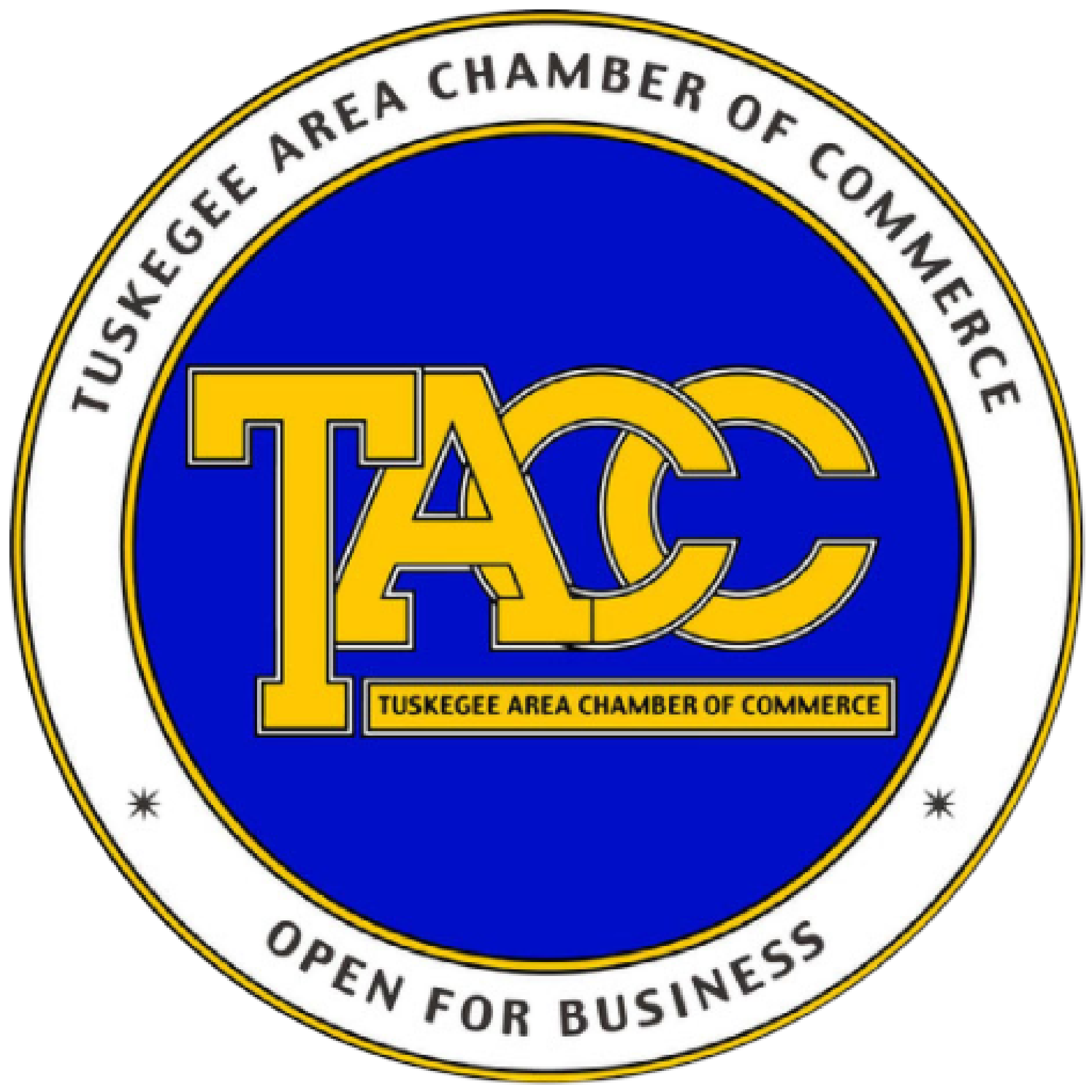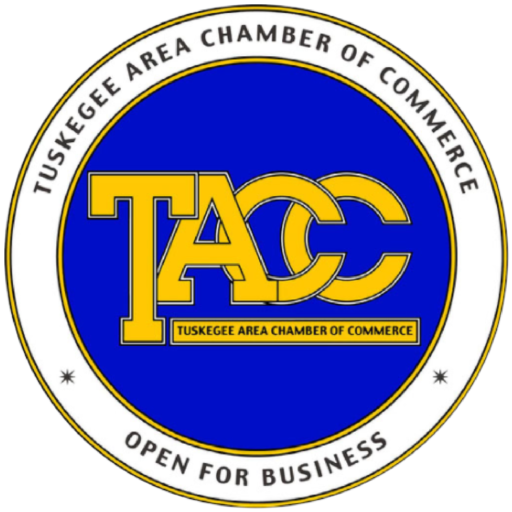BUSINESS MATTERS
Karin Hopkins
Renovate or tear down? Answer that and you’re still confronted with a flood of other questions concerning abandoned buildings at the VA hospital in Tuskegee. Though vacant properties face an uncertain future, the hospital occupies a revered chapter in history. Established for African-American veterans of World War 1, it is a tale of conflicting priorities for the federal government. On one hand the government agreed that black veterans deserved medical attention. On the other hand government thinking was clouded by racial prejudice. Officials planned to open the hospital with a staff of all white doctors and nurses with a black female helper assigned to each white nurse to ensure that black patients were not touched by white women. At the same time, African-Americans wanted the hospital to be a place where black doctors and nurses could get professional jobs. Dr. Robert R. Moton, president of Tuskegee Institute, appealed directly to Republican President Warren G. Harding who eventually committed to a position that reserved jobs at the hospital for black personnel. VA related doctors, nurses and other medical professionals helped to sustain the middle-class in Tuskegee for many years and memories of this golden time still linger. So, it’s no wonder the local community felt it was a kick in the gut when the Tuskegee VA hospital became the “East Campus” of a consolidation called the Central Alabama Veterans Health Care System (CAVHCS), headquartered in Montgomery. Today, the hospital is still a sprawling campus but many of the buildings are closed. Community leaders are concerned about the fate of those defunct structures. Dr. Linda Boyle, Director of CAVHCS, invited members of the local community to a presentation on October 5, 2017 by Jim Lavery, Washington DC based, Asset and Real Estate Portfolio Manager, Office of Asset Enterprise Management with the U.S. Department of Veterans Affairs. He talked about a transformation that would result in housing for veterans who are elderly or homeless. His presentation touched on several options including gutting and renovating existing unused buildings or demolishing those same buildings to be followed by newly constructed housing units. He said developers could be mandated to design facades to respect the character of the original architecture. The buildings that are potentially available for re-development are Building #62 and Building #69. Those who attended the presentation heard Lavery speak in blunt and forthright terms about eligibility requirements for organizations or companies that may want to rehab the buildings. Developers must have strong financials and a proven track record with similar projects. This meeting was a beginning to a potentially long process. It involves multiple bureaucratic steps and could take several years. The Tuskegee VA hospital is steeped in history and preservationists have a voice in what happens to the buildings. Social service providers and advocates for veterans have their own questions. The factors that involve developers, sub-contractors and workers clearly fall under economic development, which has serious implications for BUSINESS MATTERS.
Karin Hopkins is executive director of the Tuskegee Area Chamber of Commerce and also co-founder of ECHOboom, a digital media platform. Contact her at ourchamberworks@gmail.com.

